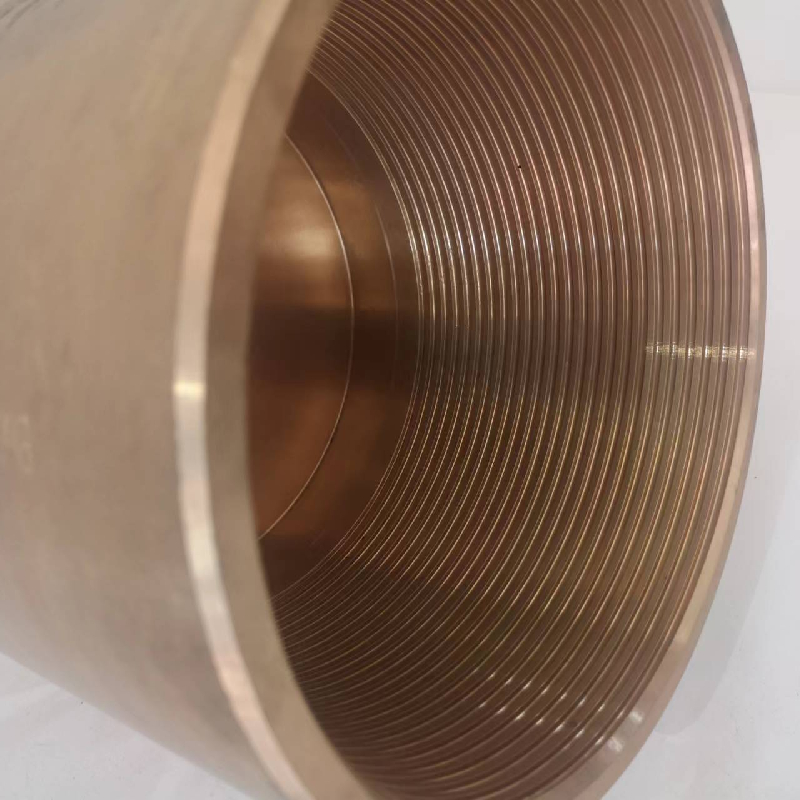- Afrikaans
- Albanian
- Amharic
- Arabic
- Armenian
- Azerbaijani
- Basque
- Belarusian
- Bengali
- Bosnian
- Bulgarian
- Catalan
- Cebuano
- Corsican
- Croatian
- Czech
- Danish
- Dutch
- English
- Esperanto
- Estonian
- Finnish
- French
- Frisian
- Galician
- Georgian
- German
- Greek
- Gujarati
- Haitian Creole
- hausa
- hawaiian
- Hebrew
- Hindi
- Miao
- Hungarian
- Icelandic
- igbo
- Indonesian
- irish
- Italian
- Japanese
- Javanese
- Kannada
- kazakh
- Khmer
- Rwandese
- Korean
- Kurdish
- Kyrgyz
- Lao
- Latin
- Latvian
- Lithuanian
- Luxembourgish
- Macedonian
- Malgashi
- Malay
- Malayalam
- Maltese
- Maori
- Marathi
- Mongolian
- Myanmar
- Nepali
- Norwegian
- Norwegian
- Occitan
- Pashto
- Persian
- Polish
- Portuguese
- Punjabi
- Romanian
- Russian
- Samoan
- Scottish Gaelic
- Serbian
- Sesotho
- Shona
- Sindhi
- Sinhala
- Slovak
- Slovenian
- Somali
- Spanish
- Sundanese
- Swahili
- Swedish
- Tagalog
- Tajik
- Tamil
- Tatar
- Telugu
- Thai
- Turkish
- Turkmen
- Ukrainian
- Urdu
- Uighur
- Uzbek
- Vietnamese
- Welsh
- Bantu
- Yiddish
- Yoruba
- Zulu
High-Quality Brass Pipe Couplings for Durable Connections
Understanding Brass Pipe Couplings A Comprehensive Overview
Brass pipe couplings are essential components in various plumbing and piping systems, known for their durability and resistance to corrosion. Made mainly from an alloy of copper and zinc, brass combines strength with malleability, making it an ideal choice for a range of applications, from residential water supply to industrial systems. This article explores the features, benefits, and applications of brass pipe couplings, as well as considerations for their use.
Types of Brass Pipe Couplings
Brass pipe couplings come in various types, including threaded, slip, and compression couplings. Threaded couplings have internal or external threads that allow for easy connection to other pipes, offering a secure fit. Slip couplings, on the other hand, allow for quick connections by sliding over the pipe ends, making them useful for repairing or extending existing lines. Compression couplings utilize a compression fitting mechanism to create a watertight seal, making them suitable for areas where leaks could be a concern.
Advantages of Brass Couplings
One of the primary advantages of brass pipe couplings is their resistance to corrosion and rust, particularly in wet environments. This quality enhances their longevity and reliability compared to couplings made from other materials, such as steel or plastic. Additionally, brass provides excellent thermal conductivity, making these couplings effective in both hot and cold water applications. Their inherent strength also allows them to withstand high-pressure conditions, making them ideal for industrial settings.
brass pipe coupling

Applications
Brass pipe couplings are utilized across a multitude of sectors. In residential plumbing, they are commonly used in water supply lines, gas pipelines, and heating systems. In industrial applications, brass couplings are often found in hydraulic systems, oil lines, and compressed air systems. Their versatility extends to automotive and marine applications, where reliable connections are paramount.
Installation and Maintenance
Installing brass couplings typically requires tools such as wrenches for threaded types or specific fittings for compression styles. It’s essential to ensure the correct size and type to avoid leaks or failures. Regular maintenance, including inspections for signs of wear or corrosion, can help extend the lifespan of brass fittings.
Conclusion
In summary, brass pipe couplings are indispensable in any plumbing system due to their durability, resistance to wear, and versatility in various applications. Understanding their types, advantages, and potential uses can significantly aid in selecting the right fittings for both residential and industrial projects. Whether you’re a homeowner or a professional plumber, incorporating brass pipe couplings into your systems can provide peace of mind and long-lasting performance.
-
Tubing Pup Joints: Essential Components for Oil and Gas OperationsNewsJul.10,2025
-
Pup Joints: Essential Components for Reliable Drilling OperationsNewsJul.10,2025
-
Pipe Couplings: Connecting Your World EfficientlyNewsJul.10,2025
-
Mastering Oilfield Operations with Quality Tubing and CasingNewsJul.10,2025
-
High-Quality Casing Couplings for Every NeedNewsJul.10,2025
-
Boost Your Drilling Efficiency with Premium Crossover Tools & Seating NipplesNewsJul.10,2025







